The power of the Web is in its universality. Access by everyone regardless of disability is an essential aspect.
– Tim Berners-Lee, W3C Director and inventor of the World Wide Web
Accessibility is a crucial element in the development of digital products. While the W3C’s Web Accessibility Initiative lays out specific standards to follow, it’s surprising what percentage of these steps are overlooked in apps and products we use on a daily basis.
Accessibility matters because The Web is designed to function for anyone, regardless of their hardware, software, language, place, or skill. And the only way to achieve this goal is based on accessibility. The Web should and will be open to people with a wide range of abilities.
What is Web Accessibility ?
Accessibility is the practice of making your websites useable by as many human beings as possible. We traditionally think it only concerns people suffering of handicaps, and that not completely wrong. But the praxis of making website accessible will benefits to whole users.
In short, everyone should be able to browse, read and interact with the web using any devices.
Individuals should, for example, perceiving, comprehending, navigating, and interacting with the Internet and make contributions to the web.
Accessibility is Important for Everyone.
Many aspects of life are becoming increasingly dependent on the Internet such as education, jobs, commerce, health care, leisure, and so on. It is vital for us that the web be open in order to provide people with fair access and opportunities. Some of us are facing high fences to be able to take part in the today’s word. The social inclusion should
be supported by the web accessibility to help people with disabilities and so older people and individuals in rural areas.
Business with less care of these should take in account that accessible design improves overall seo, user experience and satisfaction, and so revenues, across all devices, and for older users. Accessibility can enhance your brand, drive innovation, and extend your market reach.
And… Accessibility is Required by Law.
In the European Union, there is a directive (EN 301 549) that aims to make websites and web applications of public bodies more accessible. It was approved on December 22, 2016. This directive set the WCAG 2.0 (and older version) as the guideline for a more inclusive web.
Member states had a few years to put this legislation in theirs local law (September 23 , 2018) and to take action for more accessibility.
Website published before September 23 of 2018 had to be accessible by the 23th of September 2020. Website published after this date, had to be accessible before September 2019. Mobile apps must be accessible by 23 June 2021. Finally, Extranets and intranets that are published before 23 September 2019 must be accessible when they are redone.
The Directive also mentioned important points which explain how to build more accessible digital services. The services must be Perceivable, Operable, Understandable and Robust. This means that digital service must provide a presentable, navigable, operable and understandable user Interface and content must be robust enough that it can be interpreted reliably by a wide variety of user agents, including assistive technologies.
Final word.
As technologies are moving forward with component-based frameworks, it’s essential to make progress in creating a more inclusive and internalize these standards in the every day work. These initiatives are important concern for everyone, either the Project Management, content managers, testers, developers and decision makers.

